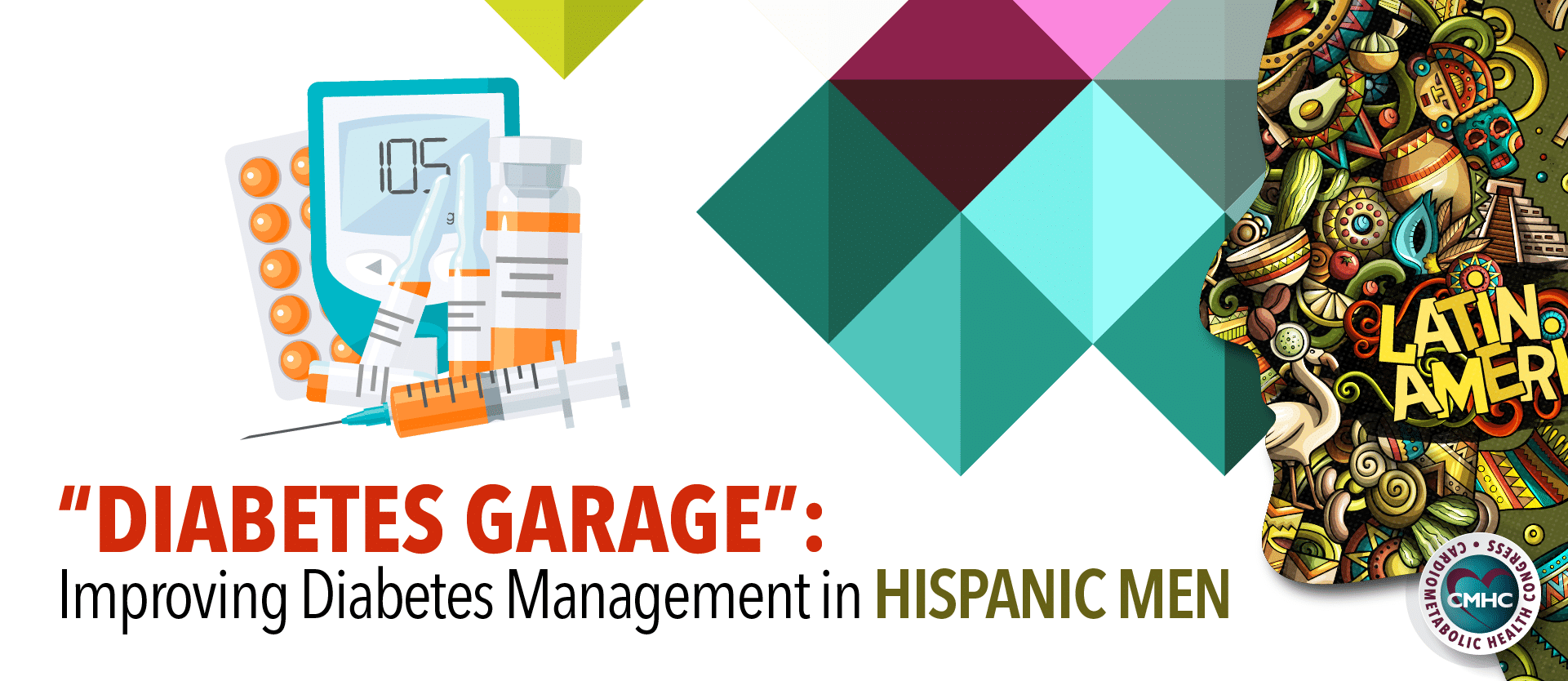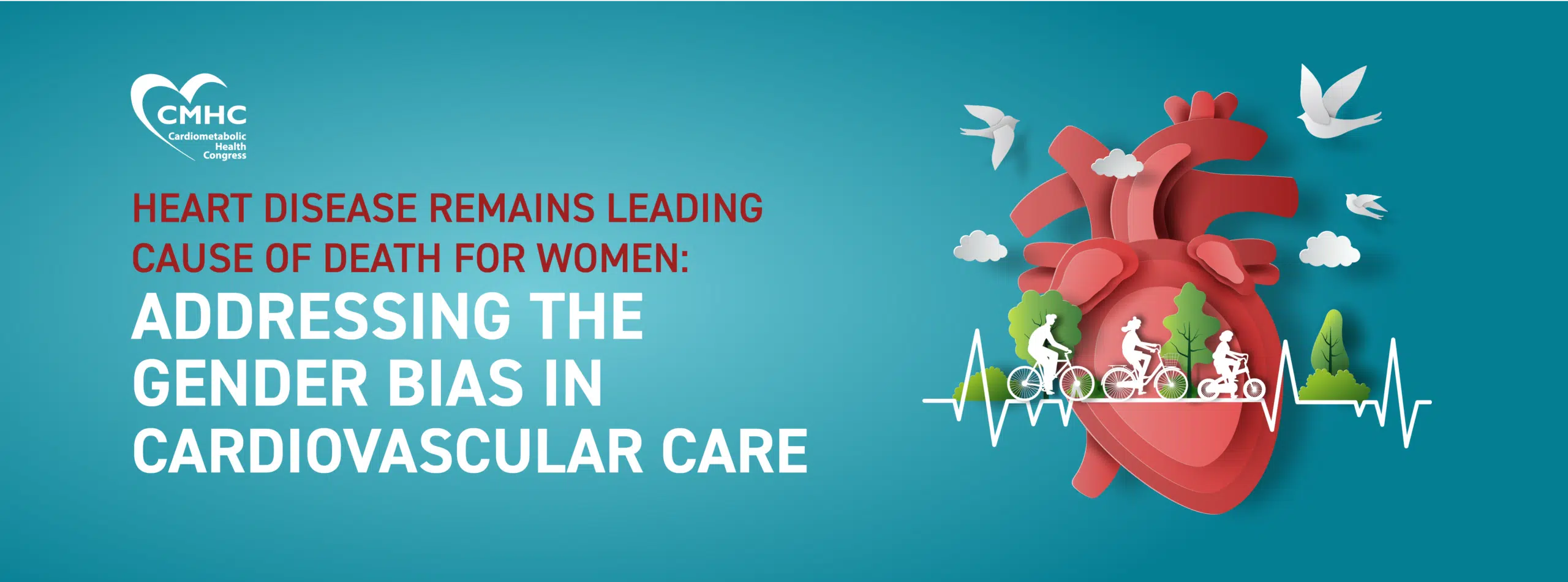While type 2 diabetes (T2D) may not discriminate, individuals of certain racial and ethnic groups may face an increased risk of the disease and can be disadvantaged in terms of education, treatment, and management opportunities. Over the course of their lifetime, average American adults have a 40% chance of developing type 2 diabetes, however, this risk grows significantly within the male Hispanic/Latino population.
The probability of T2D development in Hispanic/Latino American adults is over 50%, and research indicates they are more likely to be diagnosed at a younger age. In addition, health complications associated with the condition affect the demographic more severely, with higher rates of diabetes-related kidney failure and diabetes-related vision loss or blindness within the Hispanic/Latino population.
The Hispanic/Latino Demographic
Comprised of Cuban, Mexican, Puerto Rican, South and Central American, and other Spanish cultures, the diverse Hispanic/Latino population faces increased type 2 diabetes risk as a whole, at 17% compared with 8% for non-Hispanic white adults. According to data from the Centers for Disease Control and Prevention, genetic factors, dietary habits, and physical activity trends play a major role in increasing the likelihood of T2D development.
Although the connection remains unclear, research implicates that Hispanic/Latino individuals possess genes which may increase the risk of type 2 diabetes. Traditionally, the Hispanic/Latino diet consists of foods that are high in both fat and calories, while cultural values promote overeating and celebrations centered around food – which promote unhealthy dietary patterns. As a result, the Hispanic/Latino demographic has higher rates of obesity and tends to engage in less physical activity than the non-Hispanic white population. However, it is important to note that these risk factors are general and may not affect all individuals of the Hispanic/Latino group.
Recent efforts to improve care within this population have shown successful results, according to research published in Endocrine Today. Hispanic men with type 2 diabetes who attended a 4-week diabetes education pilot program developed around car culture, experienced modest improvements in weight, blood pressure, and HbA1c, per study data presented at the American Association of Diabetes Educators annual meeting.
Improving Outcomes with Targeted Care
Hoping to improve patient outcomes within the disproportionately affected group, Dr. Jeannie Concha, assistant professor of public health at the University of Texas, and her colleagues implemented a new diabetes education program in El Paso called “Diabetes Garage.”As a concept, the pilot program aims to improve self-care habits and health outcomes among Hispanic/Latino men, educating them about diabetes prevention and management strategies via an automotive-centered approach. By integrating car repair analogies into diabetes education rhetoric, experts hope to incite men to think about the condition differently.
In collaboration with the El Paso Diabetes Association, Dr. Concha and her team tailored a national Diabetes Prevention Program around the idea of car culture. As part of the pilot program, researchers analyzed data from eight men with type 2 diabetes who had a mean age of 60 years and a mean diabetes duration of 3.11 years.
The cohort attended weekly classes – which focused on automotive maintenance and repair analogies to address dietary patterns and physical activity – in a garage setting in El Paso. Participants were also asked to complete a pre-assessment survey at week 1 and a post-assessment at week 4. Dr. Concha and her team found that after the 4-week trial period, mean body weight decreased from 217.58 lb to 212.67 lb, while both mean systolic and mean diastolic blood pressure fell – from 145.4 mm Hg to 129.6 mm Hg and 74.4 mm Hg to 67.4 mm Hg, respectively. Furthermore, mean HbA1c decreased slightly from 7.62% to 7.34%, which was surprising to researchers as decreases in the measure tend to happen over time.
Overall, researchers found notable improvement in diabetes management and outcome measures, signaling the potential benefit of education programs tailored to at-risk demographics.
Tailored Diabetes Education
Research has shown that men are less likely to attend classes or visit diabetes educators, while most prevention programs tend to be female-centric, Dr. Concha commented in an interview with Endocrine Today. In order to continue improving diabetes management efforts, the team secured funding to implement the program for the next three years.
Furthermore, Dr. Concha highlights the importance of thoughtfully tailored programs that amend the ADA Standards of Care to culture and community-specific needs, thereby encouraging more personalized patient care. The “Diabetes Garage” concept reveals the need for increased education efforts, specifically for at-risk populations which may lack accessibility and the support they need. Although the cohort group for this study was relatively small, the results implicate the positive impact of targeted programs, emphasizing the fact that it is essential for diabetes educators to familiarize themselves with the culture of their patient population in order to achieve optimal results.


















